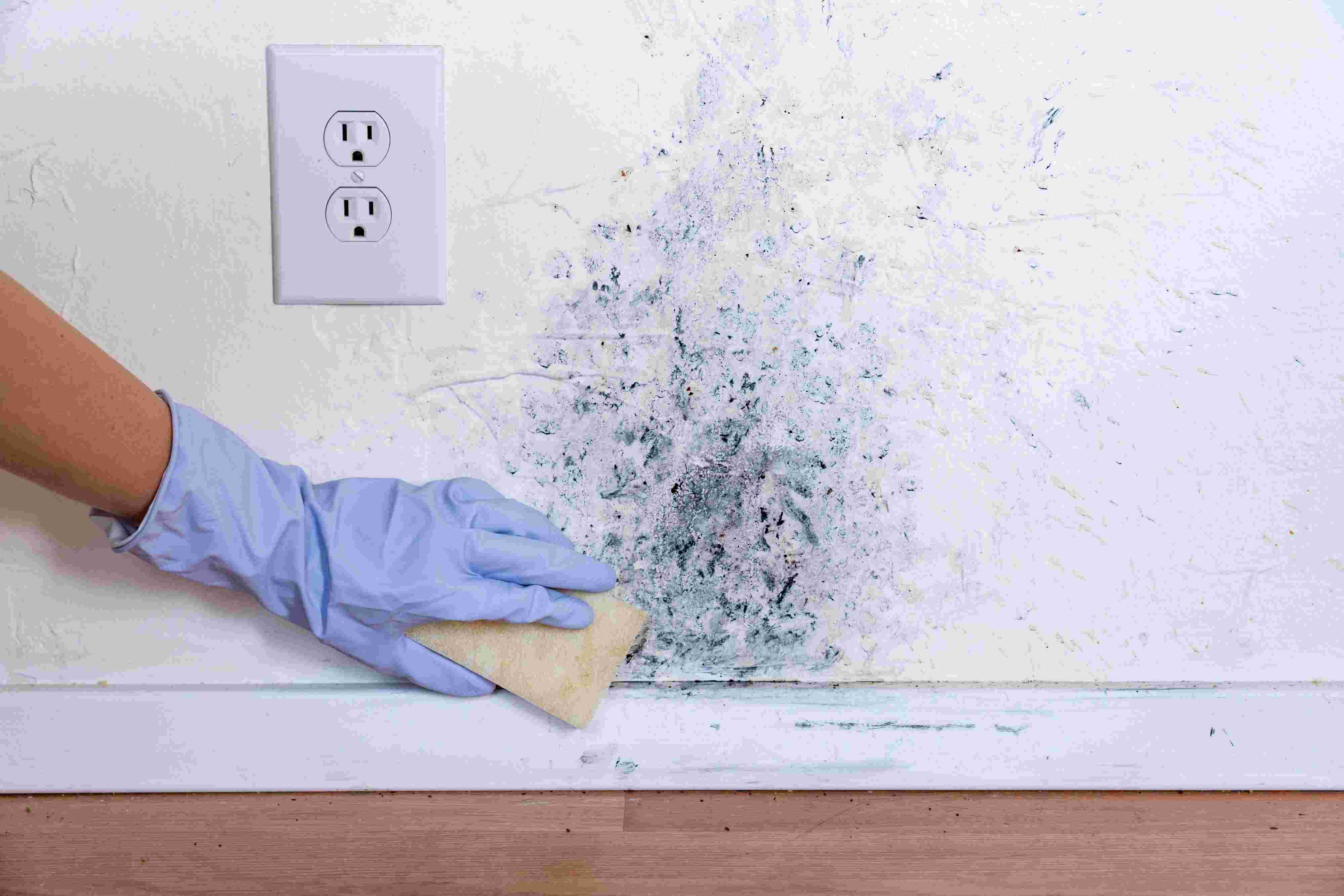Noticing mold on your painted walls can be frustrating. The dark patches look unpleasant, create musty odors, and may even affect your health. At the same time, many homeowners hesitate to scrub too hard, worried the paint might peel or lose its finish. The challenge lies in cleaning effectively without causing further damage.
Mold is a type of fungus that thrives in damp, poorly ventilated environments. Bathrooms, basements, and kitchens are especially vulnerable since moisture builds up easily. Left untreated, mold spreads quickly, weakens wall surfaces, and can worsen allergies or breathing problems. Knowing how to remove mold from painted walls safely gives you control over the situation while protecting your home.
In this guide, we’ll explore safe DIY cleaning methods, when to call professionals, and the mistakes that often make the problem worse. We’ll also share prevention strategies so your freshly cleaned walls stay mold-free for good.
Why Does Mold Grow on Painted Walls?
Mold grows when excess moisture and poor airflow meet. Painted walls can trap humidity, making them ideal surfaces for mold spores to settle. Condensation, plumbing leaks, or high indoor humidity often create the conditions for growth.
Even durable paints like oil-based coatings aren’t immune. One homeowner in a coastal area painted a basement with moisture-resistant paint, only to find black mold reappearing within weeks. The root cause wasn’t the paint, it was hidden water seepage. This example shows why removing mold requires fixing the underlying moisture issue, not just surface cleaning.
How to Remove Mold from Painted Walls the Right Way
The safest approach is using gentle cleaning solutions that target mold but won’t damage paint.
Pro Tip: GCR Builders LLC recommends testing any cleaner on a hidden spot first to ensure it won’t harm your paint.
Step 1: Collect Cleaning Materials
-
Rubber gloves and protective glasses
-
A sponge or microfiber cloth
-
Mild dish soap and warm water
-
White vinegar or baking soda
-
Spray bottle
-
A clean towel for drying
Step 2: Wash with Soap and Water
Mix a few drops of dish soap in warm water. Gently scrub mold patches using a sponge. This method works well for lighter growth and is paint-safe.
Step 3: Apply Vinegar for Deeper Cleaning
Spray undiluted white vinegar directly onto the mold. Allow it to sit for about an hour, then wipe clean. Vinegar is effective against many mold types and won’t strip most paints.
Step 4: Remove Stains with Baking Soda
Mix baking soda with water to form a paste. Apply gently over stubborn stains, let it rest, then rinse. This technique helps lift discoloration while preserving the paint finish.
Step 5: Dry Thoroughly
Moisture left behind can cause mold to return. Use a towel or fan to ensure the wall is completely dry.
DIY vs. Professional Mold Removal
Small areas under 10 square feet can usually be cleaned safely with DIY methods. However, if mold spreads quickly, smells strong, or covers large surfaces, it’s best to hire professionals.
Specialists use HEPA filtration, antimicrobial treatments, and controlled cleaning methods to prevent spores from spreading elsewhere in the house. For example, one family repeatedly scrubbed bathroom walls, but mold kept returning. A professional inspection revealed a hidden pipe leak, which was fixed along with proper mold remediation.
Mistakes People Make When Cleaning Mold
Cleaning mold the wrong way can damage walls or even worsen the problem. Common errors include:
-
Using bleach on painted walls It may discolor paint and doesn’t fully penetrate porous surfaces.
-
Scrubbing aggressively This peels paint and exposes drywall.
-
Skipping protective gear Direct exposure can trigger health issues.
-
Ignoring ventilation or leaks Without solving the cause, mold always comes back.
Avoiding these mistakes protects both your health and your paint finish.
How to Prevent Mold from Returning
Once you’ve removed the mold, prevention is key:
-
Use dehumidifiers in damp areas.
-
Run exhaust fans in bathrooms and kitchens.
-
Fix plumbing leaks as soon as they appear.
-
Keep furniture slightly away from walls for airflow.
-
Consider mold-resistant paint for high-moisture rooms.
These steps make your home less welcoming to mold and keep walls looking fresh.
Frequently Asked Questions
How do I identify black mold on walls?
Black mold usually appears as dark spots with a musty smell. A professional inspection is the only way to confirm the type.
Can I use vinegar on painted walls?
Yes. Vinegar is safe for most finishes, though it’s best to test a small, hidden spot first.
Is bleach a good option for painted surfaces?
Bleach often damages paint and doesn’t work well on porous materials like drywall. Gentler options like vinegar are safer.
How do professionals clean mold on walls?
Experts use containment, HEPA filtration, and professional-grade cleaners to safely remove mold while preventing it from spreading.
How can I stop mold from regrowing?
Maintain proper ventilation, control humidity, and address water issues quickly. These steps reduce the chance of recurrence.
Closing Thoughts
Understanding how to remove mold from painted walls without harming the finish helps you protect both your health and your home. Gentle cleaners like soap, vinegar, and baking soda make DIY cleaning safe for small areas. For larger or recurring issues, professional services are worth the investment. With the right approach, your walls can stay clean, mold-free, and damage-free for years to come.




